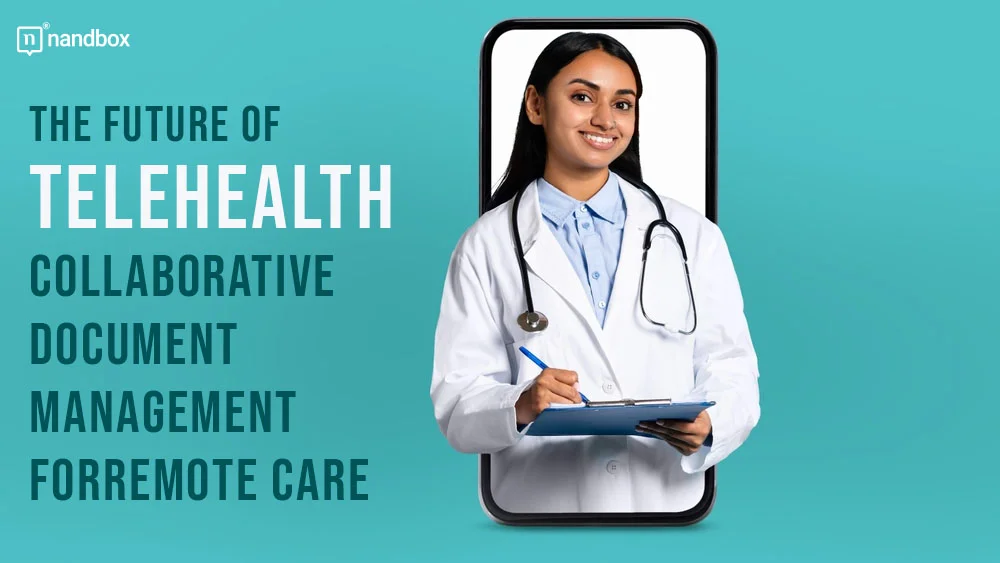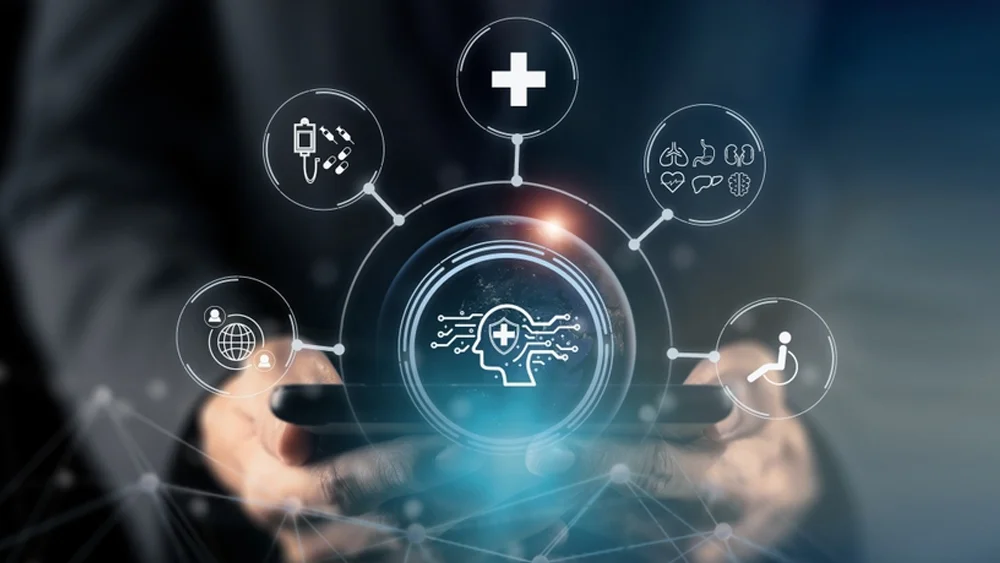Telehealth is a changing landscape across the entire healthcare delivery spectrum. This greater accessibility to remote care will enable cost savings and expand the reach of healthcare providers. Effective documentation management is one of the key aspects supporting the success of telehealth. In the future, collaborative document management systems will become crucial for remote care.
Streamlining Remote Patient Interactions
Telehealth requires information to flow freely between patients and healthcare providers. This includes medical histories, test results, treatment plans, and prescriptions. By utilizing collaborative document management systems such as WebViewer, both parties can view, annotate, and discuss documents in real time, introducing a seamless exchange of ideas.
In short, this degree of interaction means patients can still access high-quality personalized care despite the physical distance. At the same time, it puts patients at the center of their health management to develop a full partnership with all healthcare providers based on mutual understanding and complementation.
Enhancing Security and Compliance

Data security and compliance with various regulations, such as the HIPAA (Health Insurance Portability and Accountability Act), are significant, especially in the healthcare sector. Business collaboration tools must include support for strong security features to protect sensitive patient information. In this context, WebViewer solves this issue by providing secure viewing and annotation capabilities, keeping documents private and access controlled.
This also allows healthcare providers to keep robust logs for document access and changes with a complete audit trail. In addition to meeting compliance standards, this builds trust with patients, who are confident that their personal health information is being handled securely.
Improving Accessibility and Inclusivity
The future of telehealth is making healthcare more efficient and less remote. This goal can be better achieved through collaborative document management systems, which overcome geographical barriers and make it possible to provide care for patients in remote or underserved areas.
In addition, these systems are also equipped with numerous accessibility features that make healthcare more accessible for disabled patients. They may be screen reader compatible or offer the ability to adjust document display settings that allow every patient to benefit from telehealth services.
Driving Innovation in Healthcare Delivery
As telehealth progresses, collaborative document management systems will be at the forefront of innovation in healthcare delivery. Artificial intelligence and machine learning would only augment telehealth platforms, automating routine tasks, providing predictive analytics, or allowing for more accurate diagnostics.
As healthcare technology continues to advance, WebViewer’s scalable architecture helps tackle these advancements while keeping healthcare providers able to provide cutting-edge care to patients.
The Road Ahead
The future of telehealth and collaborative document management appears to be promising. Innovations such as AI (artificial intelligence) and ML (machine learning), which would automate routine tasks, deliver predictive analytics, or improve decision-making processes, could further enhance these systems.
AI and Machine Learning
AI can review large patient data sets, classify them, and analyze control mechanisms and possible treatment options. Machine learning algorithms can read and learn from the data, achieving better diagnosis results and enabling more personalized patient care.
Blockchain Technology
A blockchain-based system might provide a trusted and decentralized method for managing healthcare records. It maintains data integrity and trackability and gives patients control over their data.
Enhanced Collaboration Tools
With the advancement in telehealth platforms, we will also see innovation in collaboration tools that can integrate well with document management platforms, such as VR (Virtual Reality) for simulated exams or AR (Augmented reality simulators) for interactive patient education.
Wearable Tech Integration
Wearable tech incorporated into telehealth platforms will allow constant checking of patient health metrics. Collaborative documents help in document management systems, which can be synced with smartwatches and keep healthcare providers updated about patient conditions. Such integration allows health workers to intervene proactively in case live data streams from the patient indicate any development.
Patient-Centric Care Models
The evolution of telehealth will see an increased focus on patient-centered care models that consider individual patient preferences and needs. These collaborative document management systems will ensure that all interested parties (patients, providers, and caregivers alike) are on the same page regarding treatment objectives through full access to health records. As more healthcare professionals look to specialize in areas like epidemiology, health policy, and digital health systems, many are pursuing an online degree in public health to develop the expertise needed to implement patient-focused digital solutions effectively.
Training and Support for Providers
Effective telehealth environments will require ongoing training and support for healthcare providers to appropriately utilize collaborative document management systems. With new technology comes a need for staff members to be educated in the correct usage of these tools. Frequent training sessions allow providers to remain aware of the best practices for handling documentation while complying with governing regulations.
Analyzing the data for better outcomes
Data analytics will be at the center of decision-making in telehealth in the future. Collective data provides greater reference points, which makes it much easier to spot meaningful data trends that will better inform the treatment a provider pursues. But even before that, predictive analytics can anticipate potential health concerns arising and ensure timely interventions to improve general patient outcomes.
Global Health Initiatives
Collaboration document management systems have the potential to facilitate cross-border collaborations among healthcare practitioners for global health initiatives. Through such collaborations, providers can also collaborate to address public health-related concerns (e.g., pandemics or chronic disease management in an international context) by sharing insights and practices unique to their operations.
Conclusion
At the core of telehealth is collaborative document management, which provides healthcare professionals with greater patient care. Telehealth will evolve to overcome current challenges and embrace emerging technologies, enabling wider access to healthcare and changing the patient-provider relationship.
In this world, security and compliance are paramount. With WebViewer-like platforms, sensitive data is secure, which aligns with rules like HIPAA. Telehealth will be innovative and inclusive moving forward. Technological innovations like AI and blockchain will transform care delivery with predictive analytics and secure data management. Also, patient-focused care models will ensure treatment is tailored to individual demands, backed by consistent training for providers.
As we move forward, the potential to improve patient outcomes and deliver more efficient healthcare using telehealth is huge. So, what do you think of these advancements in collaborative document management for remote care? Let us know in the comments. In conclusion, telehealth is transforming healthcare delivery, and nandbox App Builder offers an efficient platform to create customized telehealth solutions.




